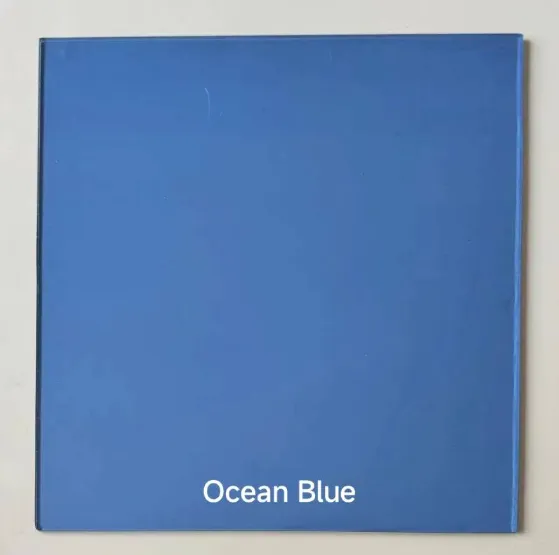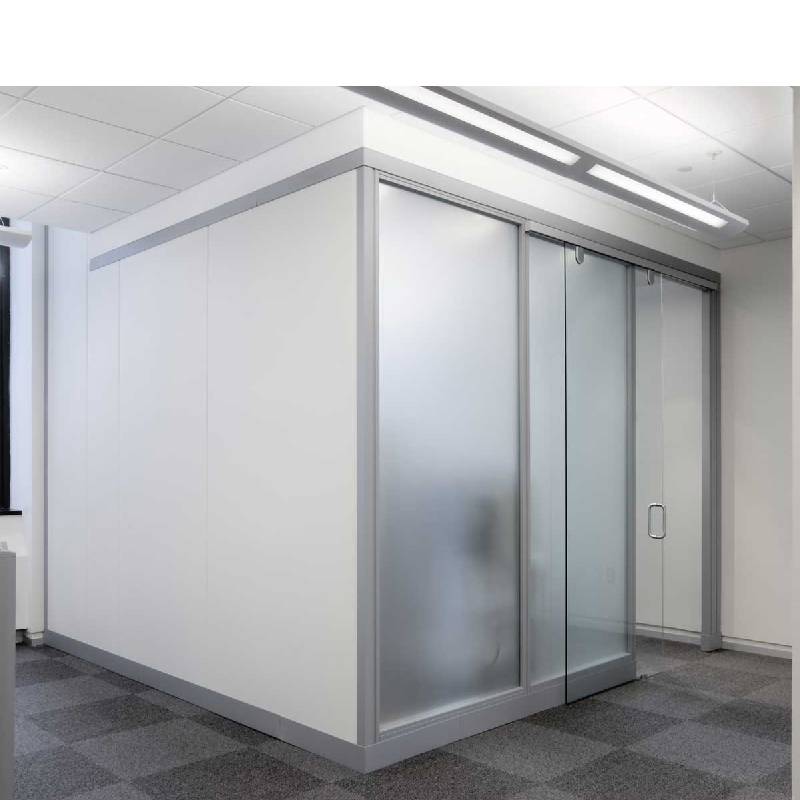Float glass, particularly the 4mm variant, serves as a critical component across various industries due to its versatility and efficiency. The pricing dynamics of 4mm float glass can greatly impact projects ranging from architecture to retail displays. As a professional deeply embedded in the float glass industry, I've observed several key factors that influence the cost and availability of this essential product.

The production of float glass involves a meticulous process where raw materials such as silica sand, soda ash, and limestone are melted and carefully processed in large furnaces. The molten glass is then floated on a bed of molten tin, ensuring a uniform thickness of exactly 4mm. The precise control in the production phase contributes to its consistent quality, which is crucial for applications needing crystal-clear transparency and structural integrity.
Several factors significantly affect the pricing of 4mm float glass. First and foremost, raw material costs fluctuate with market conditions. The availability and price of silica, a primary component, often dictate the baseline pricing. A surge in demand for silica from other industries can elevate production costs, which manufacturers usually pass on to consumers.

Energy costs are another pivotal element.
The production of float glass is energy-intensive. Hence, any variation in energy prices, whether from electricity or natural gas, directly impacts the overall cost. Regions with lower energy costs might offer competitively priced float glass compared to areas grappling with higher utility expenses.
Technological advancements in manufacturing processes can also play a role in pricing. Innovations that improve efficiency or reduce waste can lead to cost savings for manufacturers, sometimes reflected in the purchase price for end consumers. Conversely, upgrades in technology necessitating significant capital investment may increase costs temporarily until the benefits fully realize through increased production capabilities or quality enhancements.
Market demand and global economic conditions heavily influence float glass prices. An economic downturn can depress demand, leading to lower prices as manufacturers attempt to stimulate sales. In contrast, a booming construction sector or rapid industrial expansion can drive demand, resulting in increased prices.
4mm float glass price
Transportation and logistics form another layer of cost influence. Because float glass is bulky and fragile, shipping it requires specialized equipment and careful handling, which can increase costs, especially for exports. Regional tariffs or trade restrictions also contribute to this, making it crucial for buyers to consider total landed cost rather than just the base price of the product.
The value proposition of 4mm float glass extends beyond its base price, underscoring its affordability in relation to its benefits. Its dual role as both an aesthetic and functional material makes it indispensable across numerous applications, from sleek, modern architectural facades to secure and transparent retail displays. Its inherent qualities of clarity, uniformity, and strength far outweigh the initial investment, especially in projects where quality cannot be compromised.
For businesses and consumers looking to procure 4mm float glass, understanding these pricing dynamics is vital. Engaging with reputable suppliers offering transparent communication and consistent product quality can foster trust. By prioritizing these aspects, buyers can better navigate the market, aligning their purchasing decisions with both budgetary constraints and project requirements.
Lastly, an elemental component of sustainability comes into play. As environmental considerations gain prominence, manufacturers are increasingly investing in processes that limit emissions and reduce their carbon footprint. While this may initially elevate costs, the long-term benefits of sustainable production practices can lead to competitive pricing through increased efficiency and compliance with environmental regulations.
In conclusion, the price of 4mm float glass is far from static, influenced by an array of factors that create a complex interplay worth understanding for industry insiders and consumers alike. Through informed purchasing decisions and strategic supplier partnerships, navigating the pricing landscape of float glass becomes a manageable process, ensuring that quality and cost-effectiveness are not mutually exclusive.



